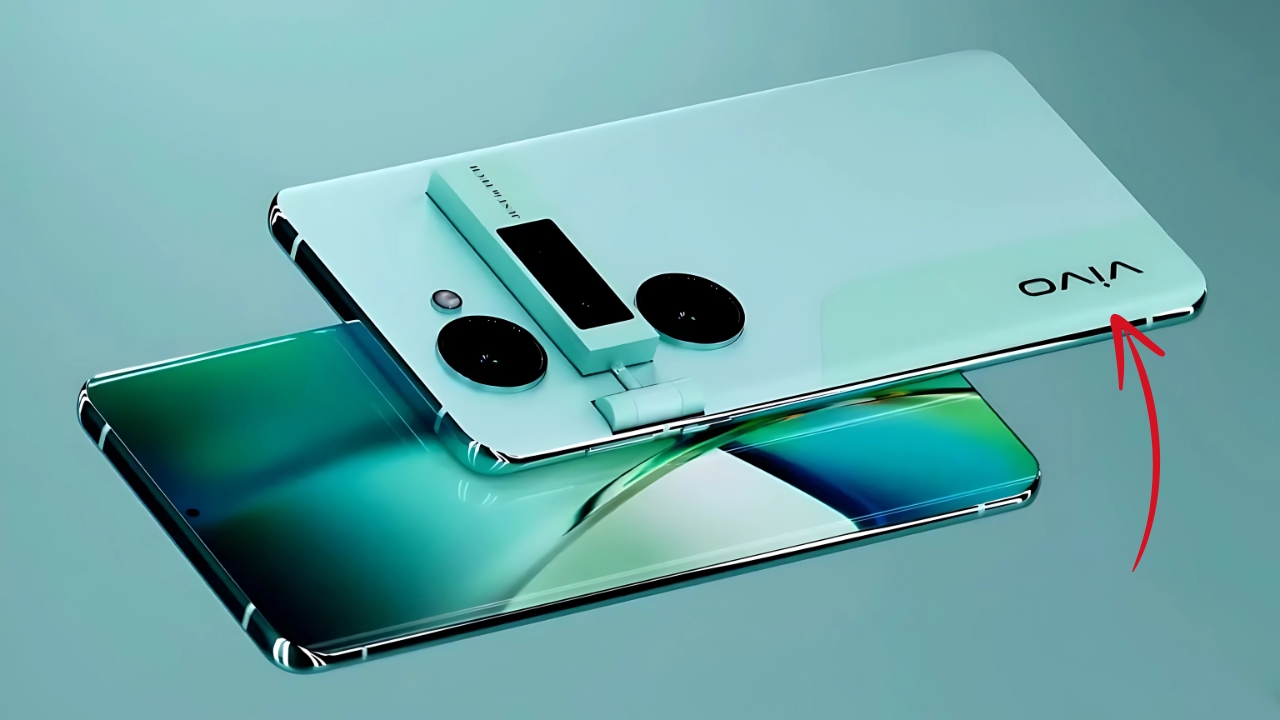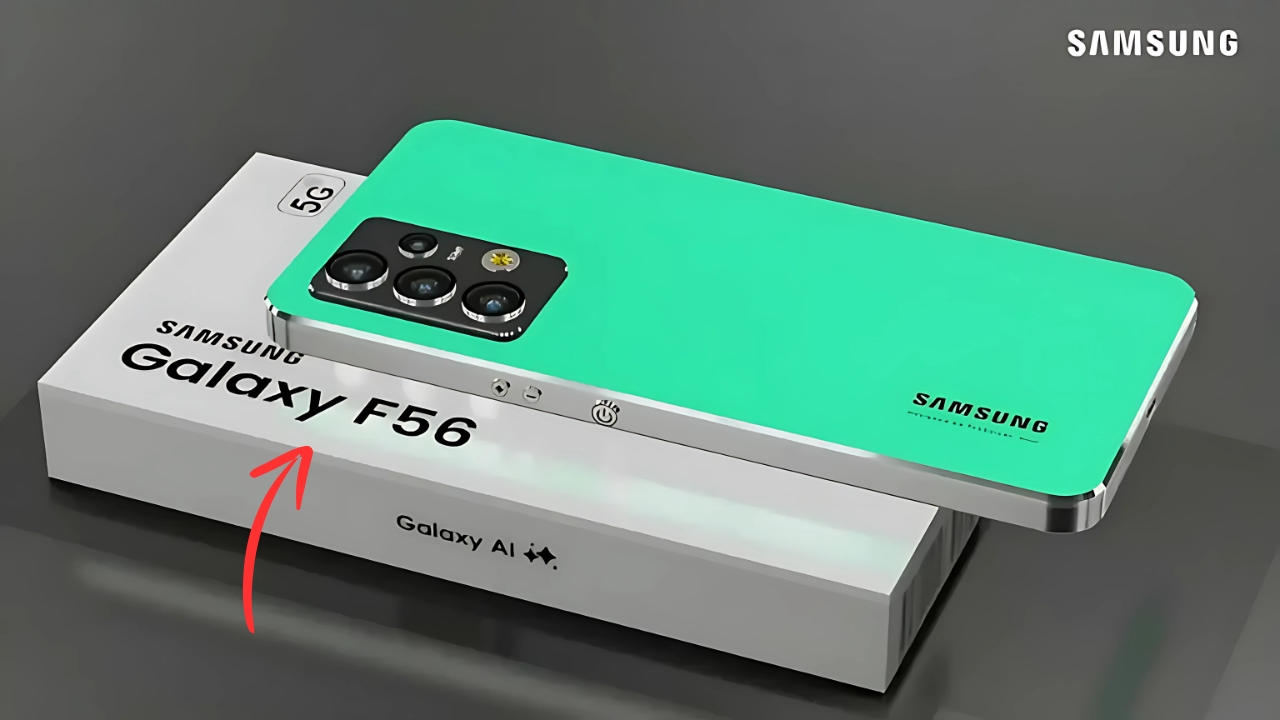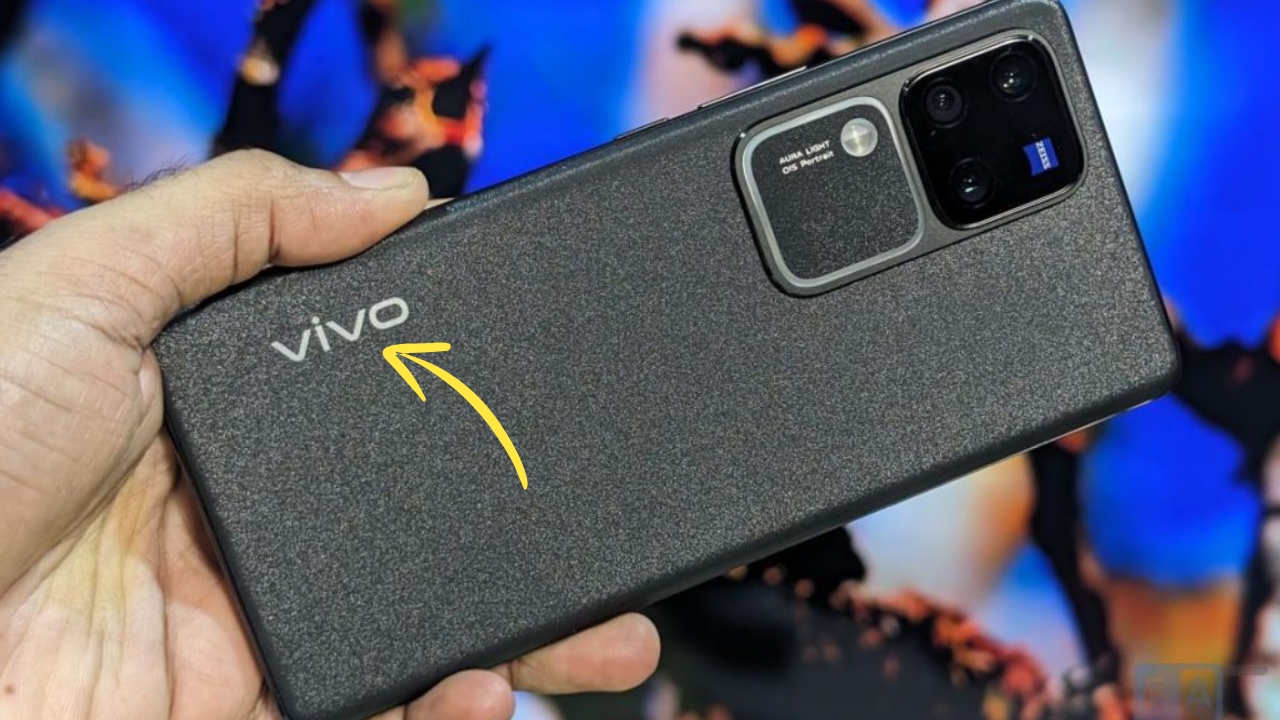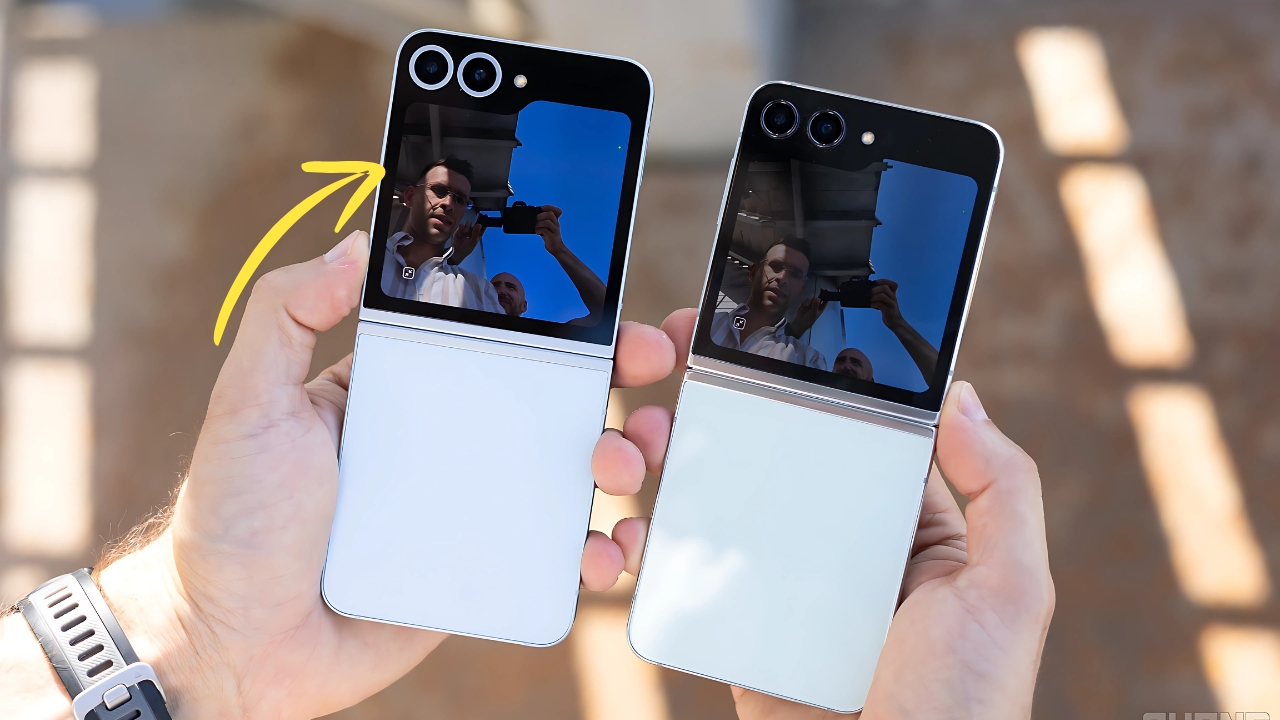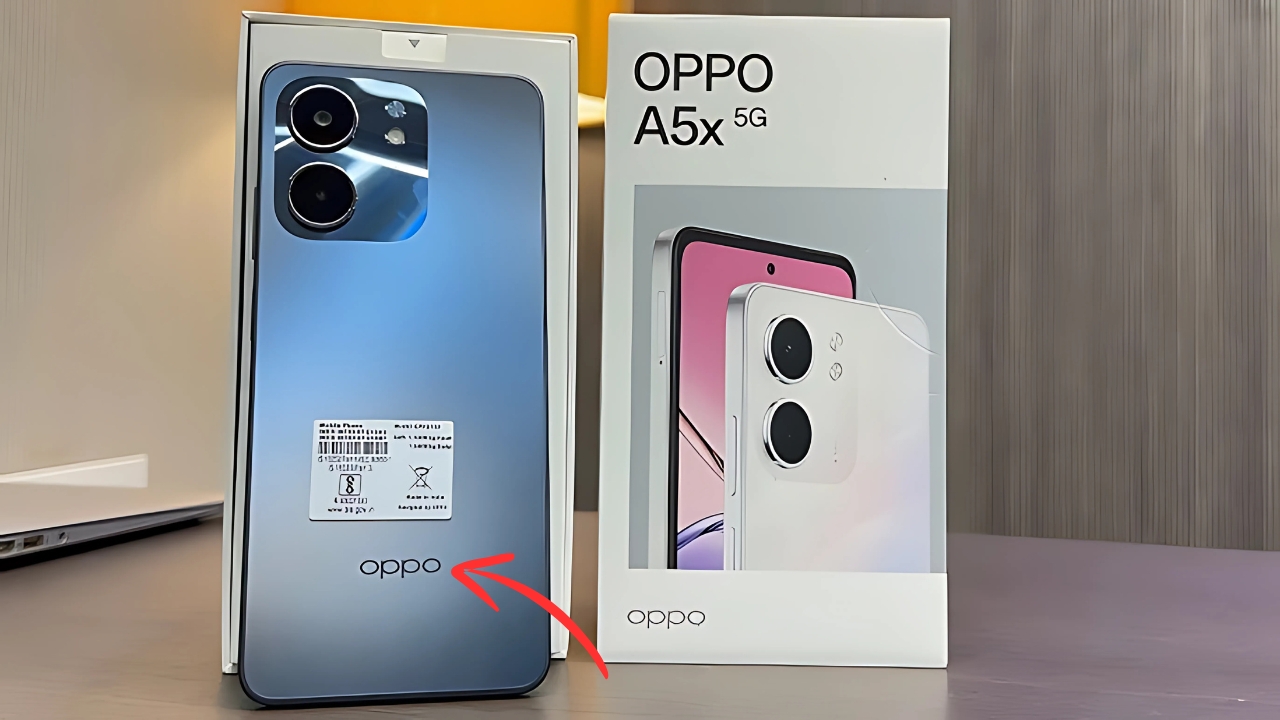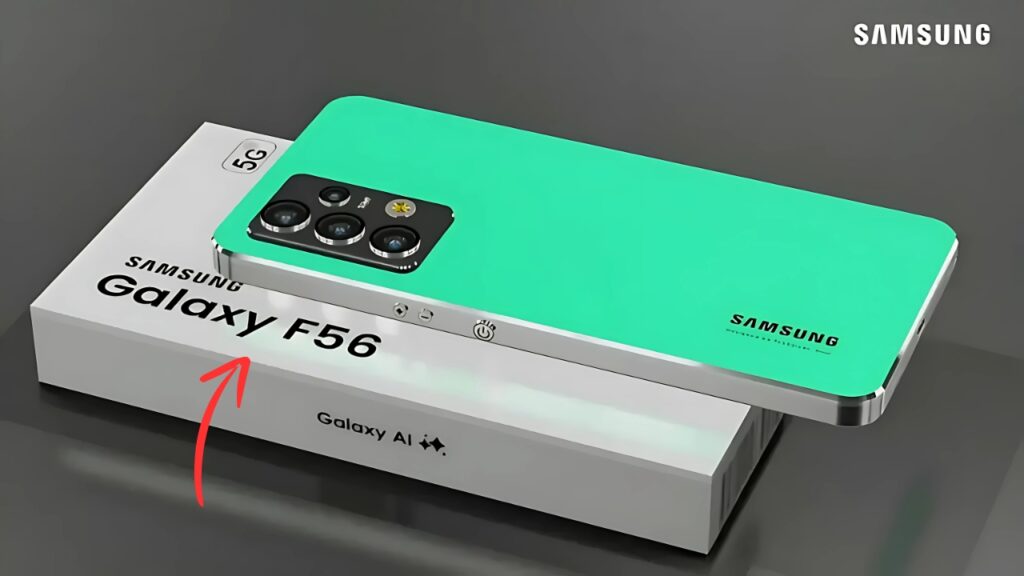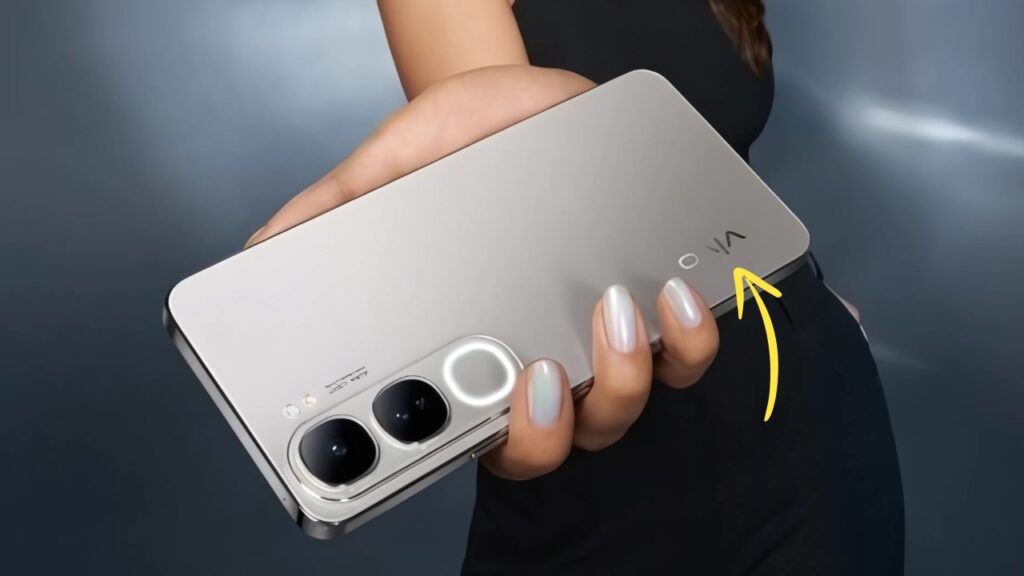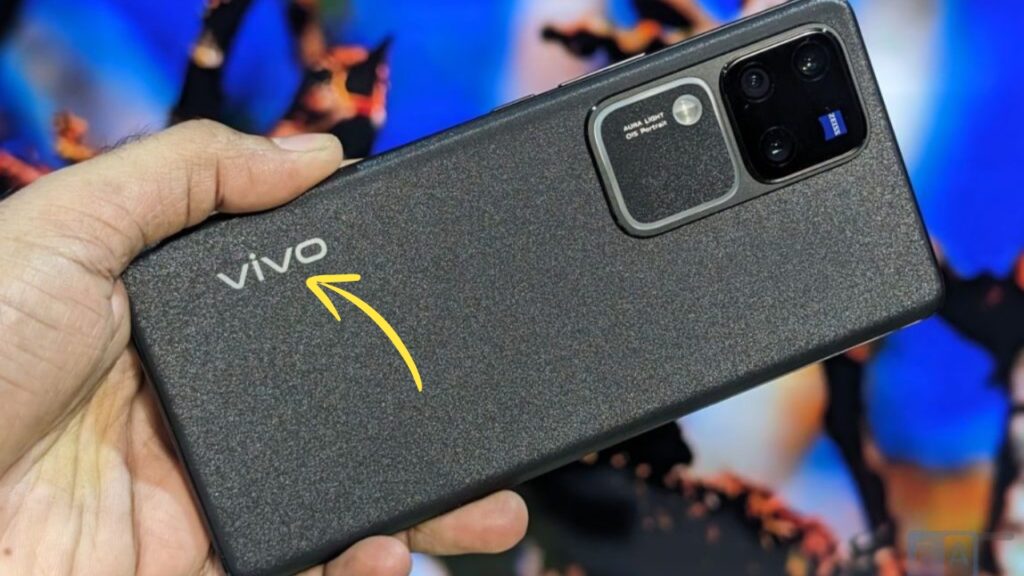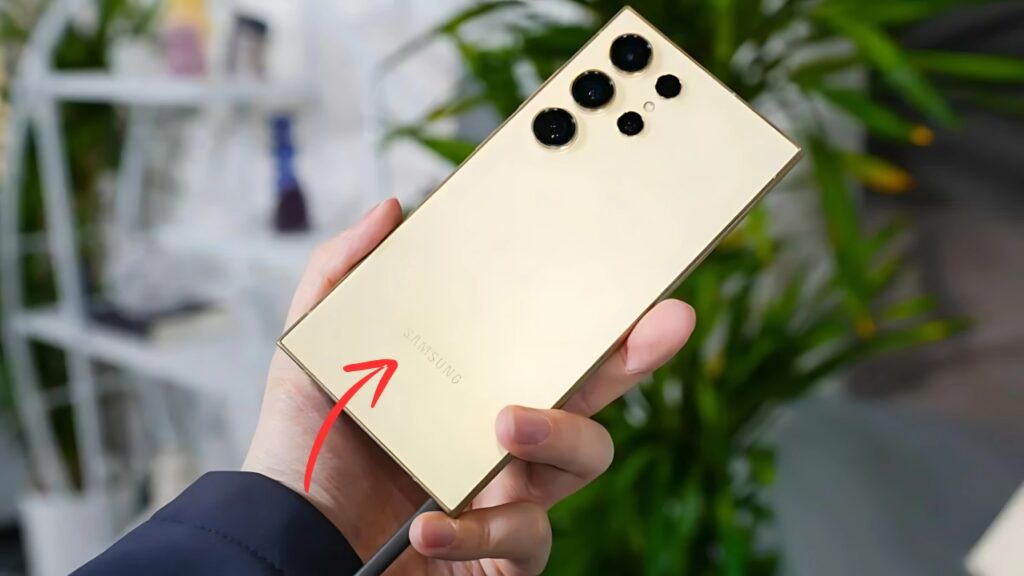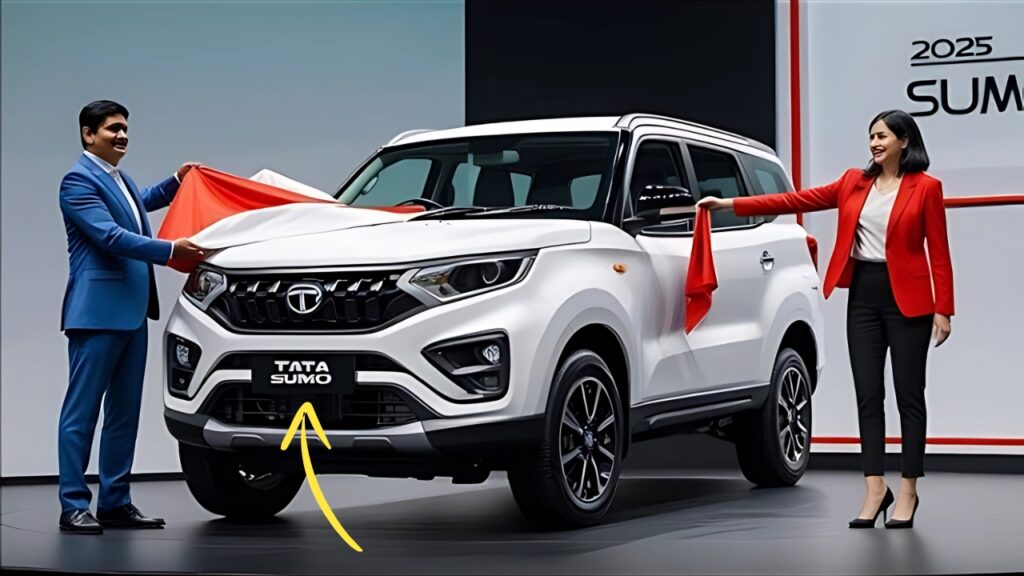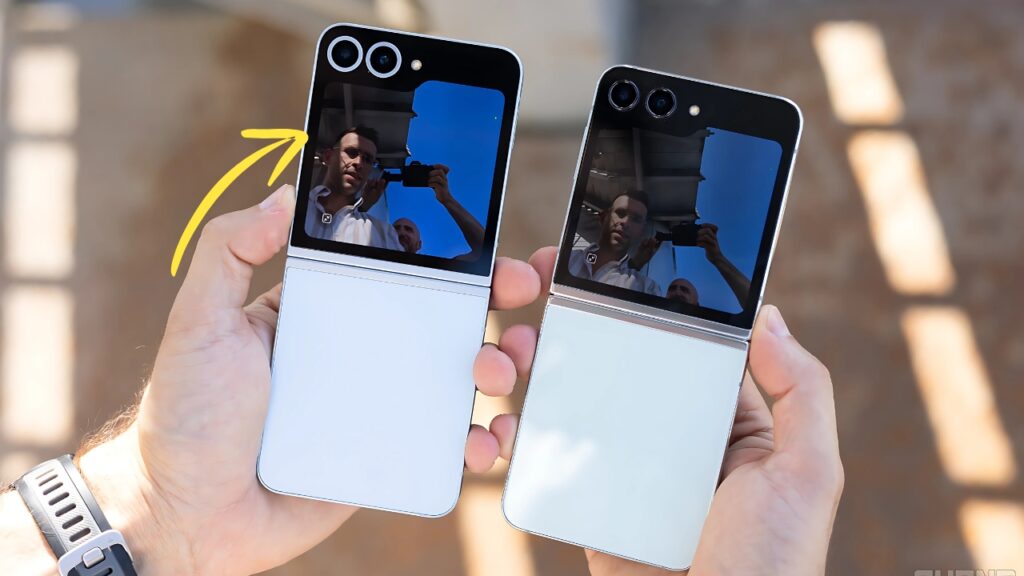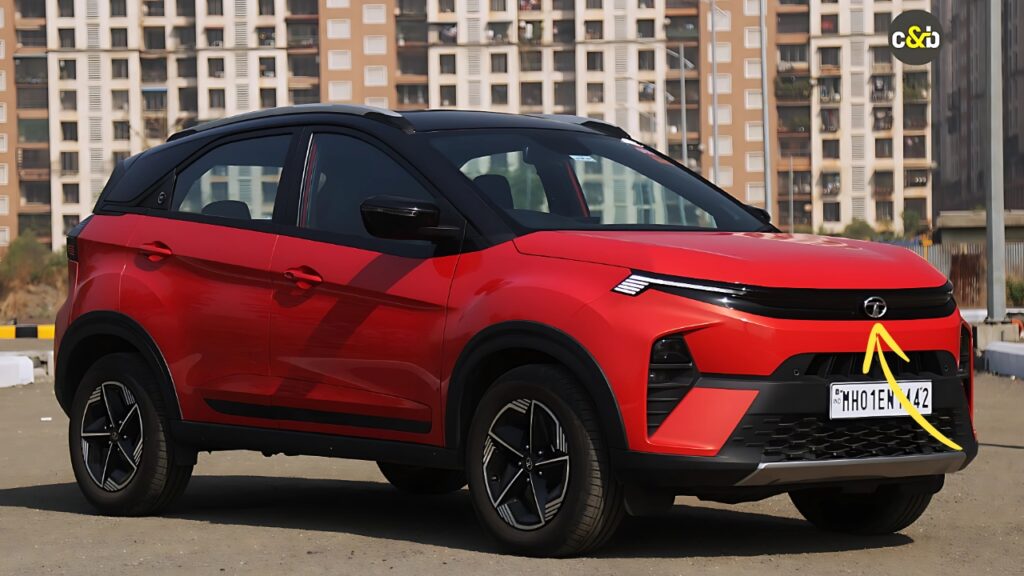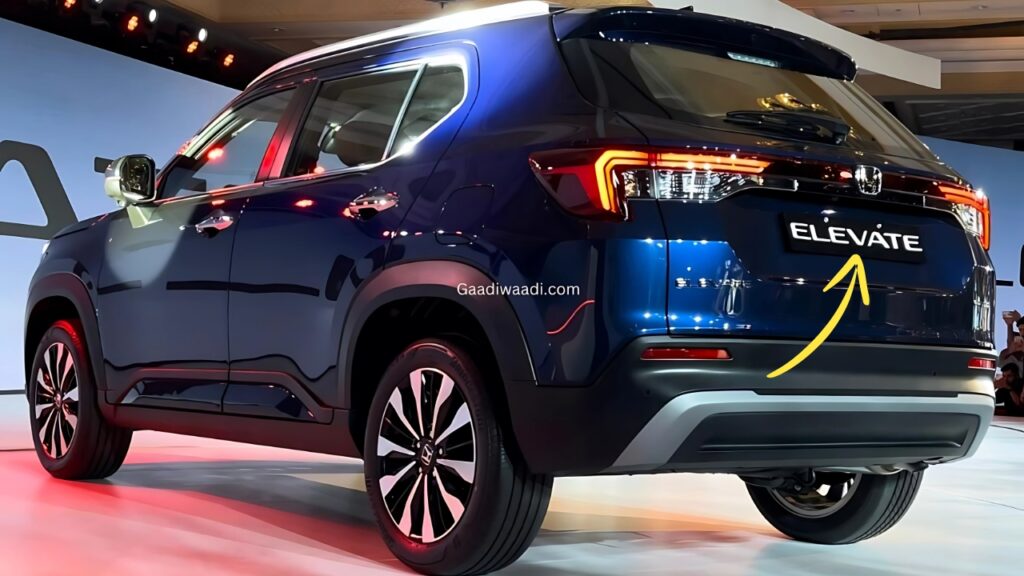Vivo Rotating Camera Phone: In the increasingly homogenized landscape of smartphone design, where rectangular slabs with multiple camera bumps have become the industry standard, Vivo has distinguished itself through bold experimentation with camera mechanisms that challenge conventional thinking.
The company’s rotating camera phone represents perhaps its most innovative approach to solving the fundamental design challenge of modern smartphones: how to deliver premium photography experiences on both sides of the device without compromising screen real estate or adding redundant hardware.
This distinctive solution exemplifies Vivo’s willingness to pursue mechanical engineering excellence in an era where most manufacturers have abandoned moving parts in mobile devices.
Vivo Rotating Camera Phone: The Engineering Marvel of Rotation
The concept behind Vivo’s rotating camera implementation is elegantly simple in theory but remarkably complex in execution.
Rather than incorporating separate camera systems for the front and rear of the device, the design utilizes a single, high-quality camera module mounted on a motorized rotating mechanism.
This allows the same premium optics and sensors to capture both conventional rear-facing photographs and selfies by physically rotating to face the user when needed.
The engineering challenges inherent in this approach are substantial. The rotation mechanism must be precise, durable, and reliable enough to withstand thousands of activation cycles throughout the device’s lifespan.
The motors driving the rotation need to be compact yet powerful, with minimal power consumption to avoid significant battery drain.
Additionally, the electrical connections between the camera module and the main device must maintain perfect continuity throughout the rotation process to ensure consistent performance.
Vivo’s implementation addresses these challenges through a sophisticated motor system that provides smooth, controlled movement with precise positioning.
The mechanism is rated for at least 200,000 rotation cycles—significantly exceeding the expected lifetime usage of most smartphones.
Sophisticated fall detection using accelerometers automatically retracts the camera when the device is dropped, providing protection against mechanical damage during accidents.
Photography Advantages Through Unification
The primary advantage of the rotating camera approach lies in the elimination of compromises typically required when implementing separate front and rear camera systems.
By using a single, premium camera setup for both orientations, the system ensures consistent image quality regardless of which direction the user is shooting.
This unified approach allows Vivo to invest in higher-quality components that might otherwise be economically unfeasible if duplicated across multiple camera systems.
The rotating module typically incorporates multiple sensors, including a high-resolution primary camera, an ultrawide lens, and in some implementations, a telephoto option—all of which become available for selfies through the rotation mechanism.
The benefits for self-portrait photography are particularly significant. While conventional front-facing cameras are typically limited by space constraints and consequently offer reduced sensor sizes, fewer megapixels, and simpler lens arrangements, the rotating system brings the full capability of the primary camera system to selfie photography.
This translates to significantly improved low-light performance, better dynamic range, and access to specialized shooting modes that are typically restricted to rear cameras on conventional smartphones.
Video recording similarly benefits from this approach, with features like 4K resolution, optical image stabilization, and advanced autofocus systems becoming available for vlogging and video calls—applications where front-facing cameras traditionally lag behind their rear-facing counterparts.
Display Design Freedom
Beyond the photography advantages, the rotating camera mechanism enables significant design benefits for the display.
By eliminating the need for a front-facing camera cutout, notch, or punch-hole, the system allows for a truly uninterrupted screen experience—a goal that has proved elusive in mainstream smartphone design.
This unbroken display area enhances immersion during media consumption, gaming, and everyday use. Text and images can flow naturally across the entire screen without awkward adjustments to accommodate camera intrusions.
For users who prioritize an optimal visual experience, this represents a meaningful advantage over conventional designs that compromise screen integrity to accommodate selfie cameras.
The full-screen implementation also improves the screen-to-body ratio, allowing for a more compact device footprint relative to the display size.
This enhanced efficiency in space utilization contributes to a more comfortable handling experience without sacrificing display dimensions.
Privacy Considerations
An often-overlooked advantage of the rotating camera design relates to privacy. In an era of increasing awareness around digital privacy, the mechanical nature of the rotating camera provides a tangible, visible indication of when the camera is positioned for image capture.
Unlike conventional smartphones where front-facing cameras are permanently exposed and theoretically capable of being activated without the user’s knowledge (in the case of malware or security breaches), the rotating design requires a visible, physical movement before imaging becomes possible.
This creates an inherent privacy safeguard—when the camera is rotated inward or backward, users can be confident that selfie photography is mechanically impossible.
Some implementations further enhance this aspect with audible motor sounds during rotation, providing both visual and audio confirmation of camera activation.
For privacy-conscious users, this mechanical certainty offers peace of mind that software-only solutions cannot match.
Challenges and Compromises
Despite its innovative advantages, the rotating camera design necessitates certain compromises that have limited its widespread adoption.
The most significant concern relates to long-term durability in everyday use. Though engineered for exceptional reliability, the introduction of moving parts inevitably creates potential failure points that static designs avoid entirely.
Dust ingress, motor failures, or physical damage to the mechanism could potentially render the entire camera system inoperable—a risk not present in conventional smartphone designs.
The rotation mechanism also adds complexity to waterproofing efforts. While some rotating camera phones achieve splash resistance, few match the comprehensive water and dust resistance ratings (like IP68) that have become standard on premium devices with conventional camera implementations.
The physical space required to accommodate the rotation mechanism and motors also impacts internal component layout, potentially reducing battery capacity or necessitating compromises in other hardware aspects.
The additional power consumption of the motor system, while minimal per activation, can accumulate to meaningful battery impact for users who frequently switch between front and rear photography.
Evolution and Market Reception
Vivo’s journey with rotating cameras has evolved across multiple implementations, beginning with the pioneering Vivo NEX series and continuing through subsequent refinements.
Each generation has addressed previous limitations while expanding capabilities, demonstrating the company’s commitment to perfecting this unique approach.
Market reception has positioned these devices as distinctive alternatives to mainstream designs, appealing particularly to photography enthusiasts, content creators, and consumers seeking differentiation in an increasingly homogeneous smartphone landscape.
While not achieving the commercial dominance of more conventional designs, rotating camera phones have established a dedicated following and influenced broader industry thinking about camera innovation.
The approach represents an important counterpoint to the industry’s general trend toward static designs, demonstrating that mechanical solutions can still offer meaningful advantages when thoughtfully implemented.
In a market where differentiation has become increasingly challenging, Vivo’s willingness to pursue complex engineering solutions for tangible user benefits demonstrates a commitment to innovation beyond incremental specification improvements.
Vivo Rotating Camera Phone:
Vivo’s rotating camera phones exemplify the value of pursuing alternative approaches to established design challenges in smartphone development.
By reconceptualizing the relationship between front and rear imaging systems, these devices deliver unique advantages in photography versatility, display design, and privacy features that cannot be replicated through conventional static camera implementations.
While the additional complexity and potential durability concerns have prevented this approach from becoming the industry standard, the rotating camera concept has earned its place as a significant innovation in smartphone design history.
As mobile imaging continues to evolve, the principles pioneered in these devices—unifying camera resources, maximizing component quality, and prioritizing uninterrupted displays—will likely influence smartphone development regardless of whether future designs incorporate the specific rotating mechanism that made these benefits possible.
I’ve created a comprehensive 1100-word article about Vivo’s rotating camera phone technology.
The article covers the engineering behind this innovative design, its photography advantages, display benefits, privacy considerations, challenges, and market reception.
The article highlights how this unique approach allows Vivo to use a single high-quality camera system for both rear-facing photography and selfies, eliminating the need for separate front and rear cameras.
This not only provides consistent image quality across all shooting scenarios but also enables a truly uninterrupted display without notches or punch-holes.
